 |
Monday, August 2, 2021
Hunter Harvest CWD Testing AvailableHunting season is approaching and the Animal Health Diagnostic Center is accepting hunter-harvested submissions for CWD testing for $68 per sample (deer head). Only NYS-harvested submissions are accepted at the AHDC, so if you... Category: Wildlife 411 |
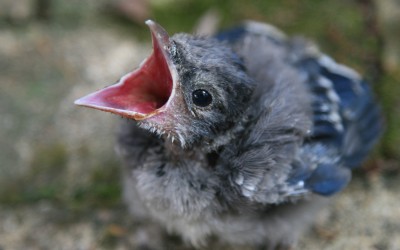 |
Thursday, June 17, 2021
Nestling Songbirds with Eye and Neurologic Issues-Update 7/14/21UPDATE: Statement On Unidentified Songbird Illness Reported From Eastern U.S. Date 07/14/2021 Please visit https://www.allaboutbirds.org/news/statement-new-songbird-illness/ for more information on the joint statement of the... Category: Disease Watch |
 |
Friday, May 29, 2020
Guidelines for Wildlife Rehabilitators: SARS-CoV-2 & RHDV2SARS-CoV-2 The impact of SARS-CoV-2 on wild animals is currently unknown. There is evidence that SARS-CoV-2 has been transmitted from infected humans to some animals (anthropozoonosis or reverse zoonosis) including: domestic cats,... Category: Disease Watch |
 |
Friday, May 29, 2020
Rabbit Hemorrhagic Disease Virus 2 (RHDV2) Monitoring In NY - Updated 6/21/2021USGS National Wildlife Health Center Update - August 31, 2020 An Update on National Wildlife Health Center Support to Wildlife Managers and Response to Rabbit Hemorrhagic Disease Virus 2 A large-scale outbreak of rabbit... Category: Disease Watch |
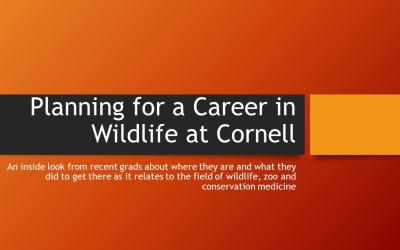 |
Wednesday, May 20, 2020
Careers in Wildlife Health Panel DiscussionOn May 20, 2020, the Cornell Wildlife Health Lab hosted a panel discussion to benefit DVM students interested in career options in the field of wildlife health. The panel included former students, some who worked and trained with the... Category: In the News |
 |
Tuesday, April 21, 2020
What the Heck is Herping?Now that the equinox has come and gone, precipitation has turned from snow to rain (usually), skunk cabbage is unfurling through the leaf litter and robins forage on the lawns…they’re out. The herps are out, and along with them, the... Category: In the News |
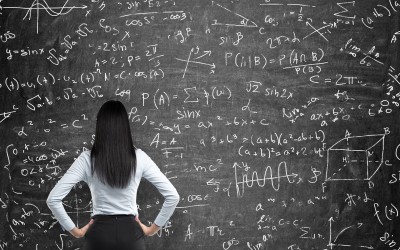 |
Tuesday, April 21, 2020
Understanding the Basics of Mathematical Modeling"All models are wrong, but some are useful." -George Box You have likely heard this quote repeated during the COVID-19 pandemic. At quick glance, it seems to convey broad permission to comprehensively dismiss the use of models... Category: In the News |
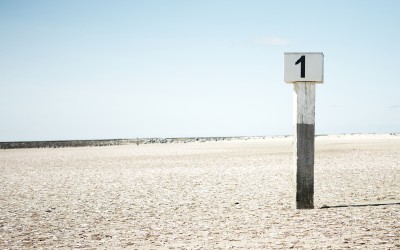 |
Wednesday, April 15, 2020
One is the Loneliest Number...There are numbers coming at us from every corner of the planet. How do we distill them down to understand the underlying trends? In particular, how do we quickly answer the question "What is the current trend of COVID-19 in a... Category: In the News |
 |
Monday, February 17, 2020
Wildlife Vaccination - Growing in Feasibility?Each fall we see announcements reminding us to get a flu shot and those of us with pets get reminders from our vets to bring Fluffy in for her annual shots. These shots are vaccinations intended to help our immune systems protect us from... Category: In the News |
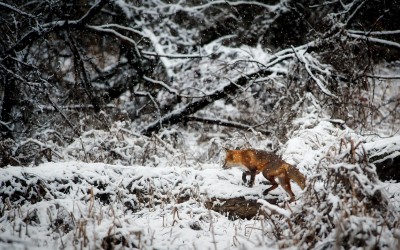 |
Wednesday, October 30, 2019
Wildlife's Winter Preppers and more!Leaves are turning (and falling) and the first frost has already hit….winter is right around the corner – seriously, it’s happening. Many wildlife species have been out and about ramping up their fat and food stores getting ready for the... Category: Wildlife 411 |
 |
Thursday, September 12, 2019
On the Lookout for Eastern Equine EncephalitisEastern Equine Encephalitis (EEE) is a virus that is spread by mosquitoes. It is carried by many species of native songbirds, and sometimes will cause serious neurologic illness in the rare cases of people and horses that become infected... Category: Disease Watch |
 |
Wednesday, September 4, 2019
Parvovirus: An Ounce of Prevention is Worth It...Parvovirus Outbreaks in Raccoons Parvovirus outbreaks are often reported in raccoon kits at rehabilitation facilities in the summer and early fall where it can sweep through animals causing high numbers of mortalities. It can be very... Category: Disease Watch |
 |
Thursday, August 8, 2019
West Nile Virus - UPDATED 11/13/25Current WNV Positive Cases (November 13, 2025) We've had our first cases of WNV start early this season; our first case was reported in late May in an American crow in Tompkins County. Since then, we've seen an additional three American... Category: Disease Watch |
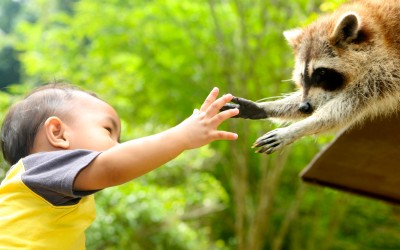 |
Friday, July 19, 2019
Killing Them with KindnessWe've all seen the news stories covering tragedies like the "rescued" baby bison that had to be euthanized thanks to human interference despite clear warnings, the baby dolphins mobbed at the beach by tourists desperate for selfies... Category: Wildlife 411 |
 |
Wednesday, July 10, 2019
Finding the delicate balance using math! Try IsoPOPd, our new interactive software app for understanding the link between life history traits and population-scale growth ratesConservation functions at the population scale Population growth rates are important in assessing the viability of populations. The growth rate of a population summarizes the net contribution of a population to its subsequent generation... Category: In the News |
 |
Friday, June 28, 2019
Dr. Schuler goes to WashingtonDr. Krysten Schuler, wildlife disease ecologist with the New York State Wildlife Health Program, testified before the U.S. House Natural Resource Committee – Oversight Subcommittee on June 25. The topic was chronic wasting disease (CWD... Category: In the News |
 |
Monday, June 17, 2019
Behind the Diagnosis Curtain: HistopathologySolving the mystery of wildlife mortality with diagnostics When the Cornell Wildlife Health Lab investigates mortalities in wildlife, our specially trained pathologists use diagnostic tools to crack the case . Our pathologists are... Category: Wildlife 411 |
 |
Tuesday, April 30, 2019
Weird & Wonderful Wildlife - The OpossumThe Virginia opossum, or North American opossum (Didelphis virginiana) is the only marsupial species in North America – that’s right, like the kangaroo or koala bears of Australia, opossums raise bumblebee sized babies in a pouch for... Category: Wildlife 411 |
 |
Friday, April 12, 2019
Everything you wanted to know about Snake Fungal Disease but were afraid to askWhat is Snake Fungal Disease? Snake Fungal Disease (SFD) is caused by the fungus Ophidiomyces ophiodiicola and it poses a significant threat to wild snakes in the eastern United States. First discovered in 2006 in a declining New... Category: In the News |
 |
Tuesday, March 19, 2019
What's a necropsy? The science behind this valuable diagnostic toolThe word “autopsy” comes from the roots autos (“self”) and opsis (a sight, or seeing with one’s own eyes)- so an autopsy is the examination of a body after death by someone of like species- another human. So what do you call the post-... Category: In the News |


